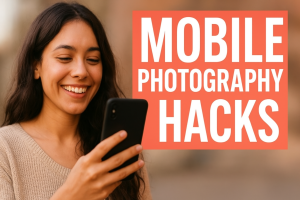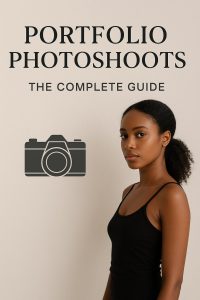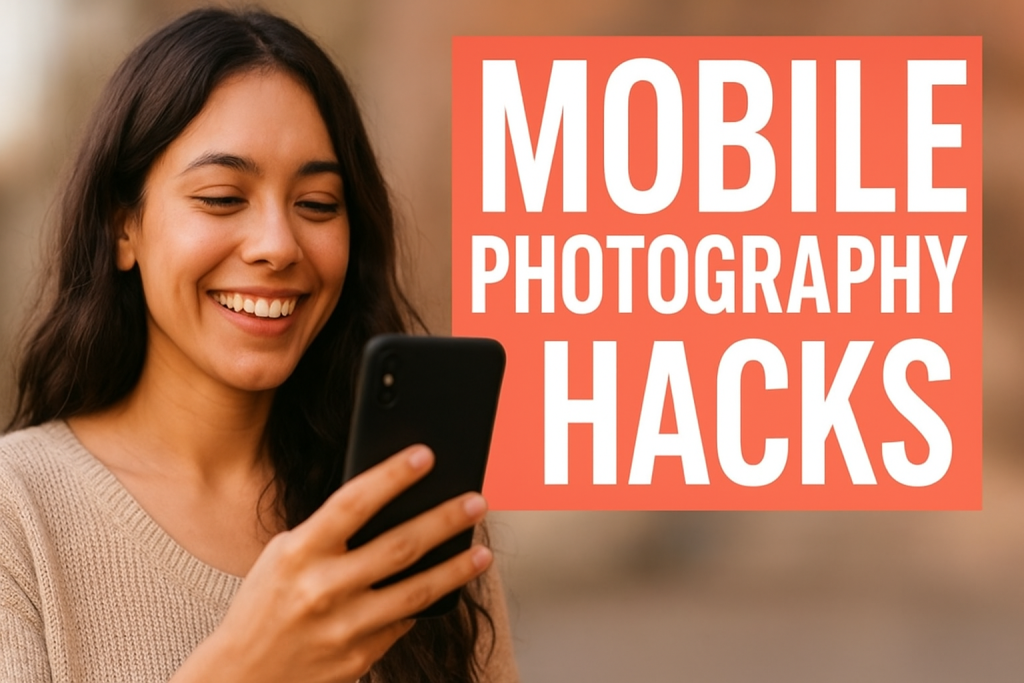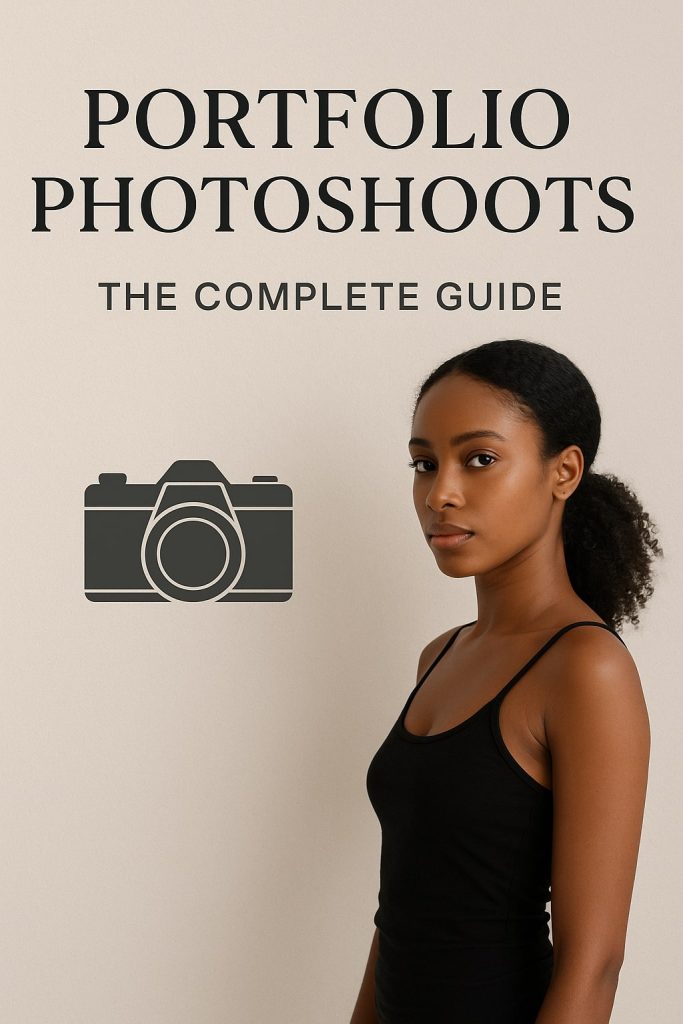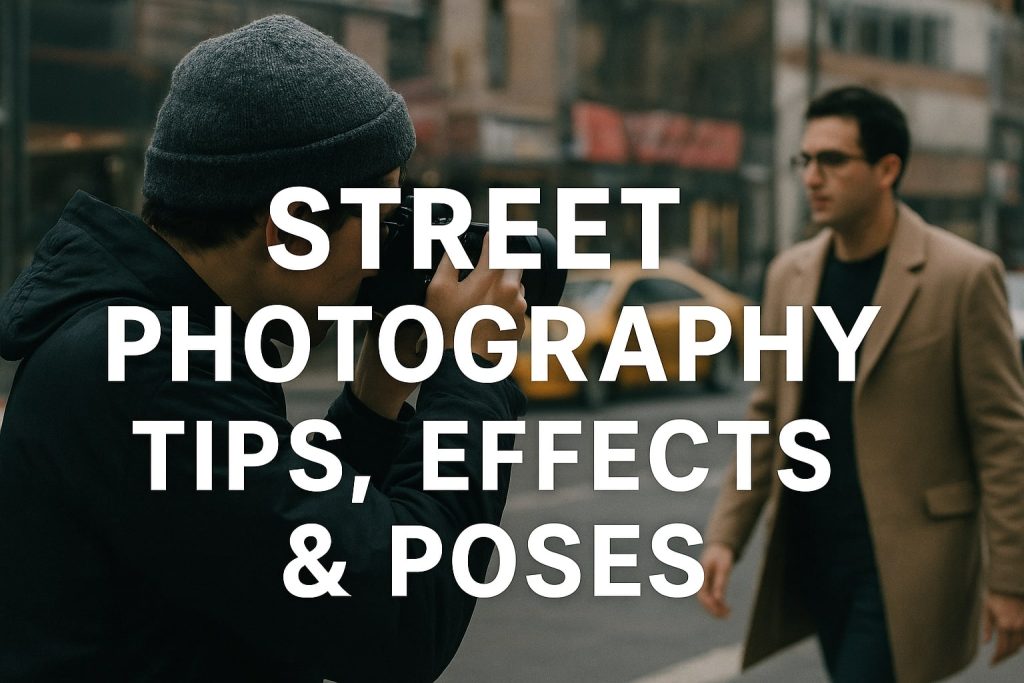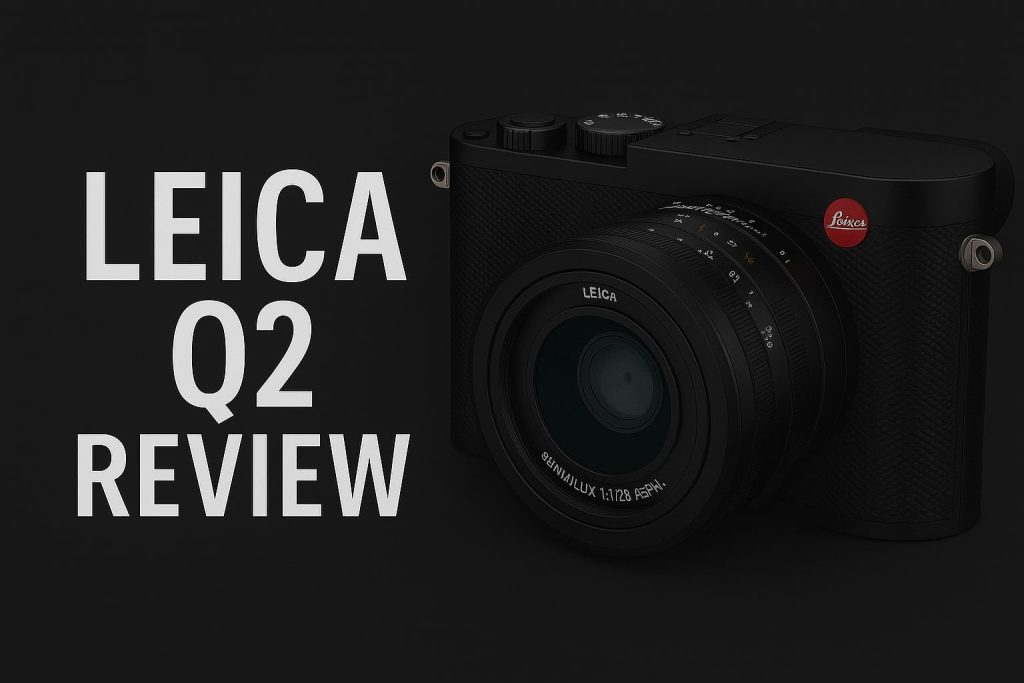In photography, light is more than illumination—it’s emotion, structure, and story. This comprehensive guide dives into the concept of Lighting Mastery, helping photographers understand and harness the distinct characteristics of both natural and artificial lighting. Whether you shoot in sun-drenched fields or LED-lit studios, mastering both forms of light is essential to creative versatility and professional growth.
Table of Contents
- Why Lighting Mastery Matters in Modern Photography
- The Science Behind Light and Its Behavior
- Natural Light: Characteristics, Sources, and Mood
- Types of Natural Light and When to Use Them
- Golden Hour, Blue Hour, and Midday Light Explained
- Weather and Seasonality: Using Nature to Your Advantage
- Modifying Natural Light With Reflectors and Diffusers
- Artificial Light: From Flash to Continuous Illumination
- Types of Artificial Lighting and Their Use Cases
- Soft Light vs Hard Light: Control and Contrast
- Modifiers: Softboxes, Umbrellas, Beauty Dishes, and More
- Lighting Ratios and Their Emotional Impact
- Strobes vs Speedlights vs LEDs
- Studio Setups for Beginners and Experts
- Mixing Natural and Artificial Light Seamlessly
- Creative Lighting Techniques for Portraits
- Lighting in Newborn, Maternity, and Lifestyle Photography
- Color Temperature and White Balance Mastery
- Understanding Shadows and Highlights
- Location Scouting With Light in Mind
- Shooting Indoors With Limited Light
- Creative Direction Through Lighting
- Post-Processing Tips for Light Enhancement
- Common Lighting Mistakes and How to Avoid Them
- Evolving Your Style Through Lighting Experimentation
1. Why Lighting Mastery Matters in Modern Photography
Lighting mastery is not optional—it’s foundational. Light dictates the mood, shapes the subject, and influences every other technical and creative decision in photography. Whether working with newborns, couples, products, or landscapes, the ability to control or utilize light separates amateur imagery from professional-grade work. Lighting can:
- Elevate composition
- Enhance storytelling
- Increase perceived quality
- Control viewer focus
When photographers prioritize lighting, their images gain emotional and visual depth.
2. The Science Behind Light and Its Behavior
Light behaves predictably. It travels in straight lines, reflects off surfaces, and diffuses through transparent materials. Understanding light behavior allows better planning. Key scientific concepts include:
- Intensity: The strength or brightness
- Color Temperature: Measured in Kelvin (K)
- Reflection and Refraction: How light bounces or bends
- Inverse Square Law: Light intensity decreases with distance
Knowing this helps photographers predict outcomes and adjust settings efficiently.
3. Natural Light: Characteristics, Sources, and Mood
Natural light originates from the sun and is affected by time, location, and weather. It’s free, dynamic, and can create diverse moods depending on how it’s used. Benefits include:
- Authenticity in portraits
- Enhanced skin tones
- Simplified gear setup
Drawbacks are unpredictability and dependency on weather conditions. Yet for many photographers, natural light remains their first love.
4. Types of Natural Light and When to Use Them
Direct Sunlight
- High contrast and defined shadows
- Best for drama and silhouettes
Indirect Light
- Soft and even lighting
- Great for portraits and still life
Window Light
- Controlled natural light source
- Ideal for indoor lifestyle and maternity shoots
Backlight
- Light behind the subject
- Produces glow and flare; used in romantic scenes
5. Golden Hour, Blue Hour, and Midday Light Explained
Golden Hour
Occurs right after sunrise and before sunset. Known for:
- Warm hues
- Long shadows
- Low angle light
Blue Hour
Right before sunrise and after sunset:
- Cooler tones
- Subtle contrasts
Midday Light
Direct and harsh, but usable with:
- Shade or reflectors
- High key styles
6. Weather and Seasonality: Using Nature to Your Advantage
Clouds act as diffusers, rain adds reflections, snow brightens shadows, and seasons affect angle and warmth of light. Plan:
- Foggy days for mood
- Winter for soft overhead light
- Overcast skies for even portraits
Adaptability is crucial in achieving lighting mastery.
7. Modifying Natural Light With Reflectors and Diffusers
These tools shape natural light. Types include:
- Reflectors: Bounce light (white, silver, gold)
- Diffusers: Soften direct sun
Positioning matters. Even simple whiteboards or curtains can act as modifiers.
8. Artificial Light: From Flash to Continuous Illumination
Artificial lighting is controlled, consistent, and creative. It includes:
- Flash (Strobe): Short bursts; high power
- Speedlight: Portable flash for on-camera use
- LED panels: Constant light; WYSIWYG
- Tungsten: Warmer tones; used in cinematic work
Used correctly, artificial light can replicate any natural light condition.
9. Types of Artificial Lighting and Their Use Cases
- Key Light: Main source
- Fill Light: Reduces shadows
- Back Light: Separates subject from background
- Accent Light: Adds detail or flare
Each has strategic placement and intensity roles.
10. Soft Light vs Hard Light: Control and Contrast
Soft Light
- Created using modifiers
- Smooth transitions
- Flattering for skin
Hard Light
- Direct, unmodified light
- Strong shadows
- Great for drama or texture
Mastery means knowing when and how to switch.
11. Modifiers: Softboxes, Umbrellas, Beauty Dishes, and More
Modifiers refine artificial light.
- Softbox: Directs and softens light
- Umbrella: Broader spread; less control
- Beauty Dish: High contrast, circular highlights
- Grids: Narrow beam for focus
Select based on subject, location, and style.
12. Lighting Ratios and Their Emotional Impact
A ratio is the intensity difference between lights. Examples:
- 1:1 – Flat lighting; beauty/fashion
- 2:1 or 3:1 – Subtle contrast; portraits
- 8:1 – High drama; editorial/fine art
Ratio influences emotion and focus.
13. Strobes vs Speedlights vs LEDs
| Feature | Strobes | Speedlights | LEDs |
|---|---|---|---|
| Power | High | Moderate | Low to High |
| Portability | Moderate | High | High |
| Price | Higher | Moderate | Varies |
| Learning Curve | Medium | Low | Low |
Choose based on your workflow and subject needs.
14. Studio Setups for Beginners and Experts
Beginner Setup:
- One light + reflector
- 45-degree angle key light
- Seamless backdrop
Advanced Setup:
- Three-point lighting
- Accent/rim lights
- Color gels
Start simple, expand with experience.
15. Mixing Natural and Artificial Light Seamlessly
- Match color temperatures
- Use artificial fill to complement natural key
- Balance exposure settings
- Blend shadows for realism
Harmonizing both is a sign of professional lighting mastery.
16. Creative Lighting Techniques for Portraits
- Clamshell lighting: Beauty and glamor
- Rembrandt lighting: Artistic and classical
- Split lighting: High contrast and mystery
- Butterfly lighting: Flattering for faces
Light direction and height define these styles.
17. Lighting in Newborn, Maternity, and Lifestyle Photography
- Newborns: Soft, window light or softboxes
- Maternity: Golden hour glow; low contrast
- Lifestyle: Natural light with reflectors; on-location ambience
Gentle, flattering light enhances intimacy.
18. Color Temperature and White Balance Mastery
- Daylight: ~5500K
- Tungsten: ~3200K
- LEDs: Variable (check specs)
Use custom white balance for accurate tones. Avoid mixed lighting unless intentional.
19. Understanding Shadows and Highlights
Shadows reveal shape, while highlights add dimension. Control with:
- Light position
- Subject angle
- Exposure settings
Study classic paintings for shadow storytelling.
20. Location Scouting With Light in Mind
When scouting, ask:
- Where does the light fall?
- What time is best?
- Are there reflective surfaces?
Take test shots. Track the sun with apps like Sun Seeker.
21. Shooting Indoors With Limited Light
Use:
- Window light + reflectors
- High ISO with fast lenses
- Off-camera flash bounced off ceiling or walls
Create soft, even indoor light without big setups.
22. Creative Direction Through Lighting
Light guides the eye. Use it to:
- Emphasize emotion
- Highlight product features
- Create mood transitions
Mood boards and test shoots help align vision.
23. Post-Processing Tips for Light Enhancement
In Lightroom/Photoshop:
- Dodge & Burn to shape light
- Adjust white balance subtly
- Lift shadows or pull highlights for drama
- Apply radial gradients for faux sunlight
Enhance what you captured—not fake it.
24. Common Lighting Mistakes and How to Avoid Them
- Overexposure: Blowouts lose detail
- Mixed color temps: Create muddy skin tones
- Bad modifiers: Harsh light unintentionally
- Too many lights: Chaos over control
Less is often more. Light with intent.
25. Evolving Your Style Through Lighting Experimentation
Try:
- Gels for color accents
- Unusual modifiers (prisms, household items)
- Shooting into the light
- Creating silhouettes
Your style matures through curiosity and practice.
Final Thoughts: Embodying Lighting Mastery
Lighting mastery in photography is a dance between art and physics. Whether you’re relying on golden-hour sunlight or building complex studio rigs, the true skill lies in intention. When photographers control light, they control narrative.
At The Candid Shoot, we believe every story deserves exquisite lighting. Whether you’re capturing a maternity glow or newborn innocence, remember—light is the brush, and your camera is the canvas. Master both, and your storytelling will radiate with authenticity.
Stay inspired. Stay illuminated. Explore more guides and tips on lighting, composition, and storytelling at The Candid Shoot’s blog.
📅 Book Your Photography in Jaipur Today
Whether you’re celebrating a personal milestone, growing your brand, or just want timeless memories, trust The Candid Shoot for professional photography in Jaipur with Most Popular Cameras that exceeds expectations.
📞 Call | 📱 WhatsApp | 📩 Inquiry Form
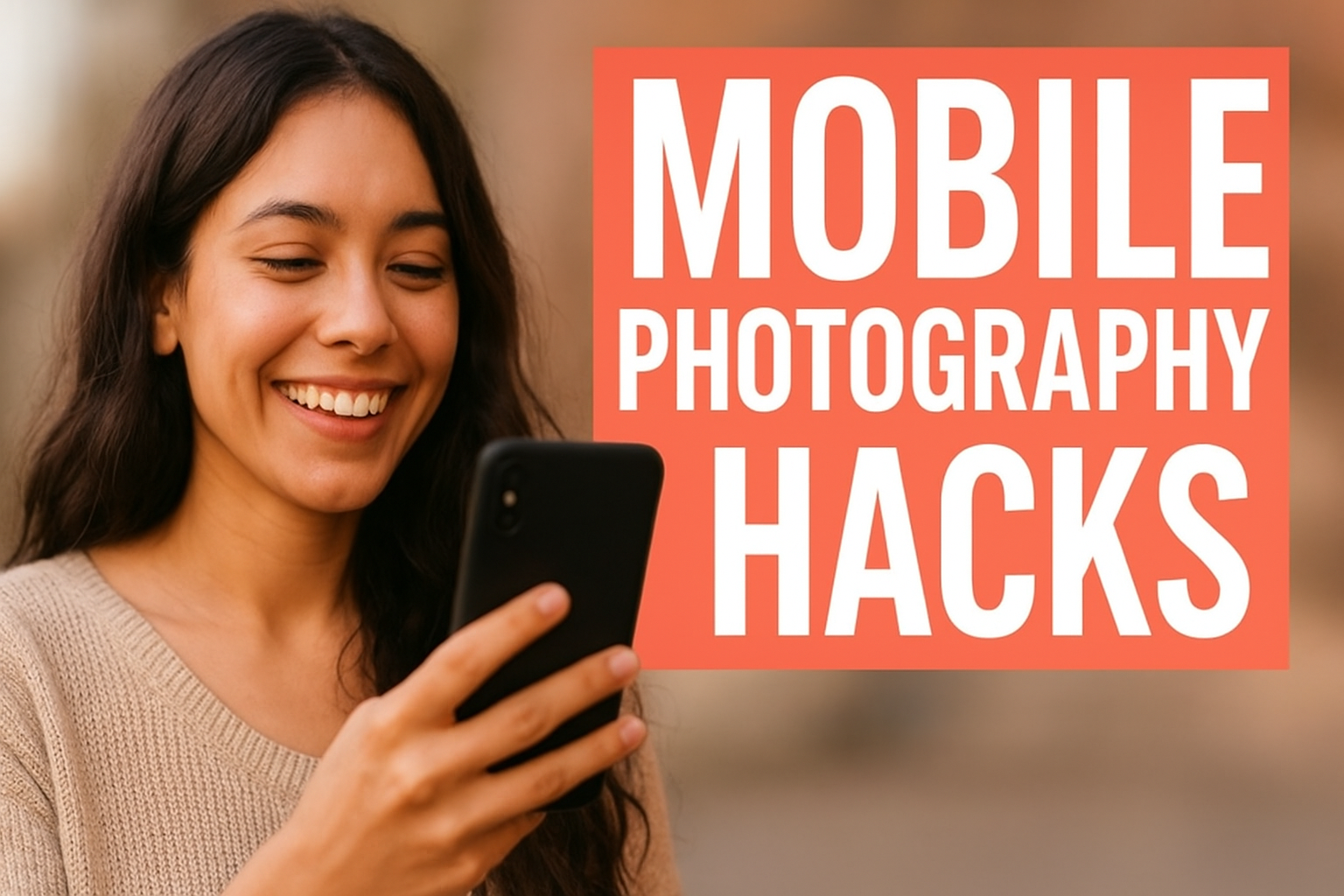
Mobile Photography Hacks: Candid Moments with Your Phone
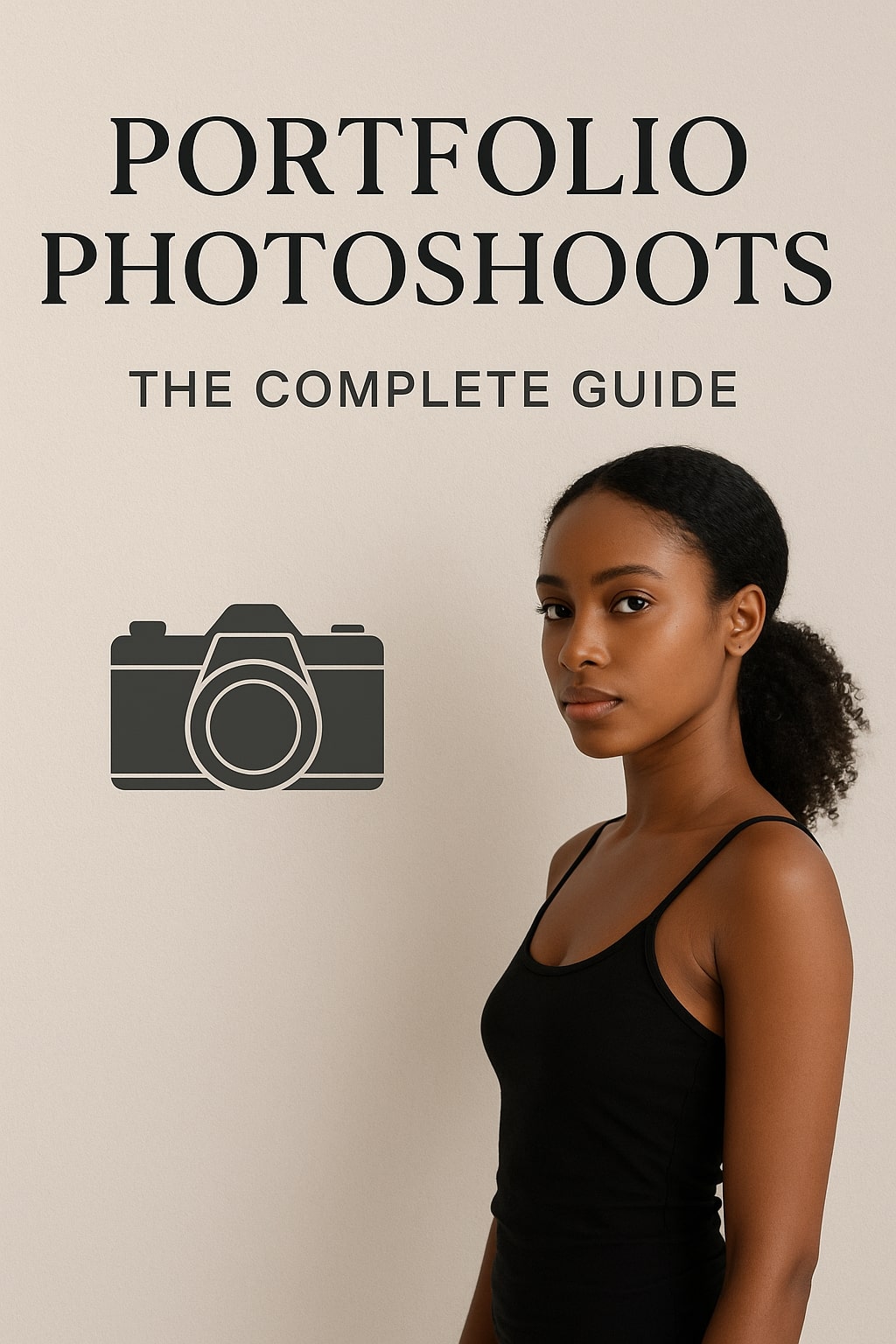
Professional Model & Portfolio Photoshoots: Show Your Best Work
-
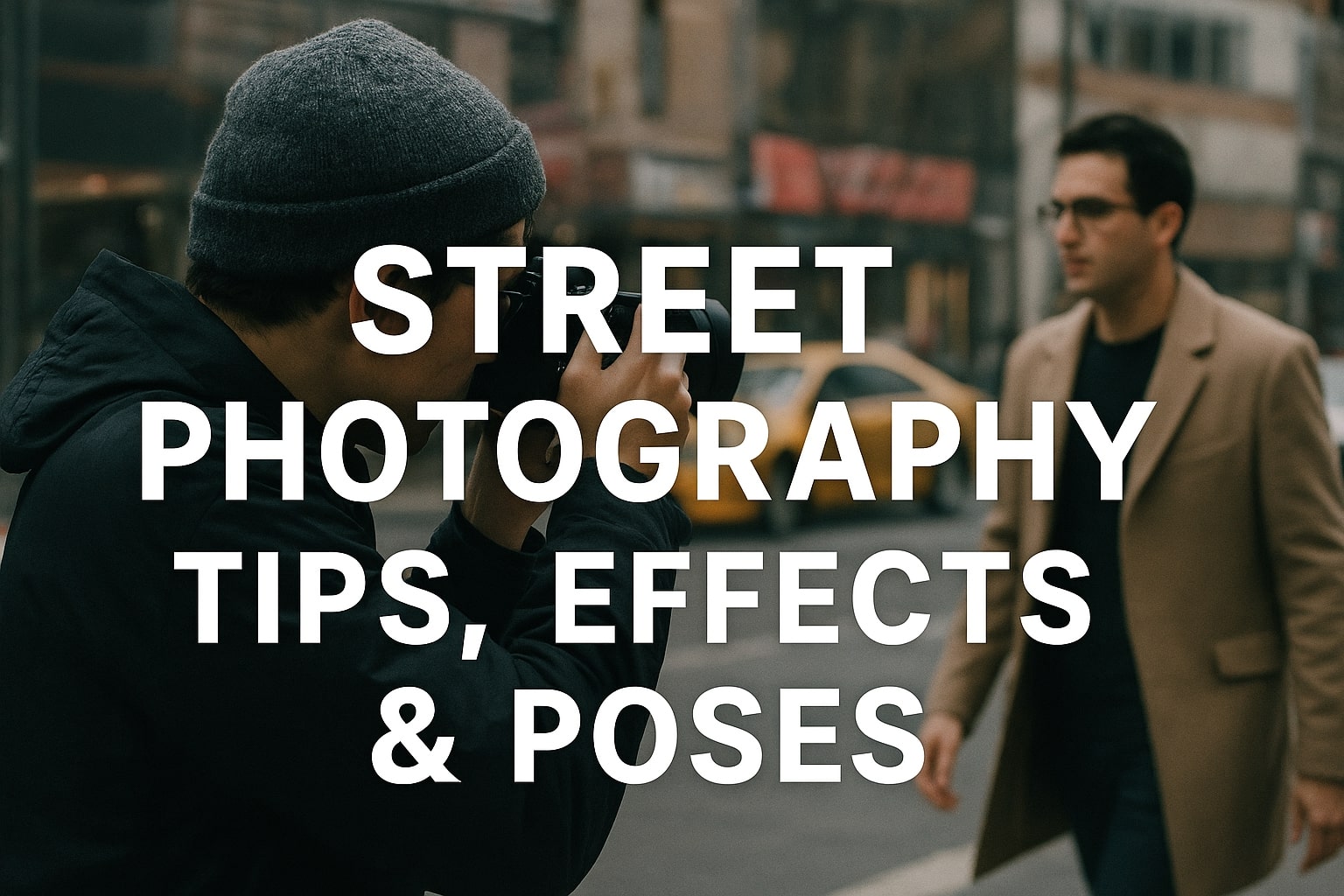
Street Photography Tips, Effects & Poses – Complete Guide
-
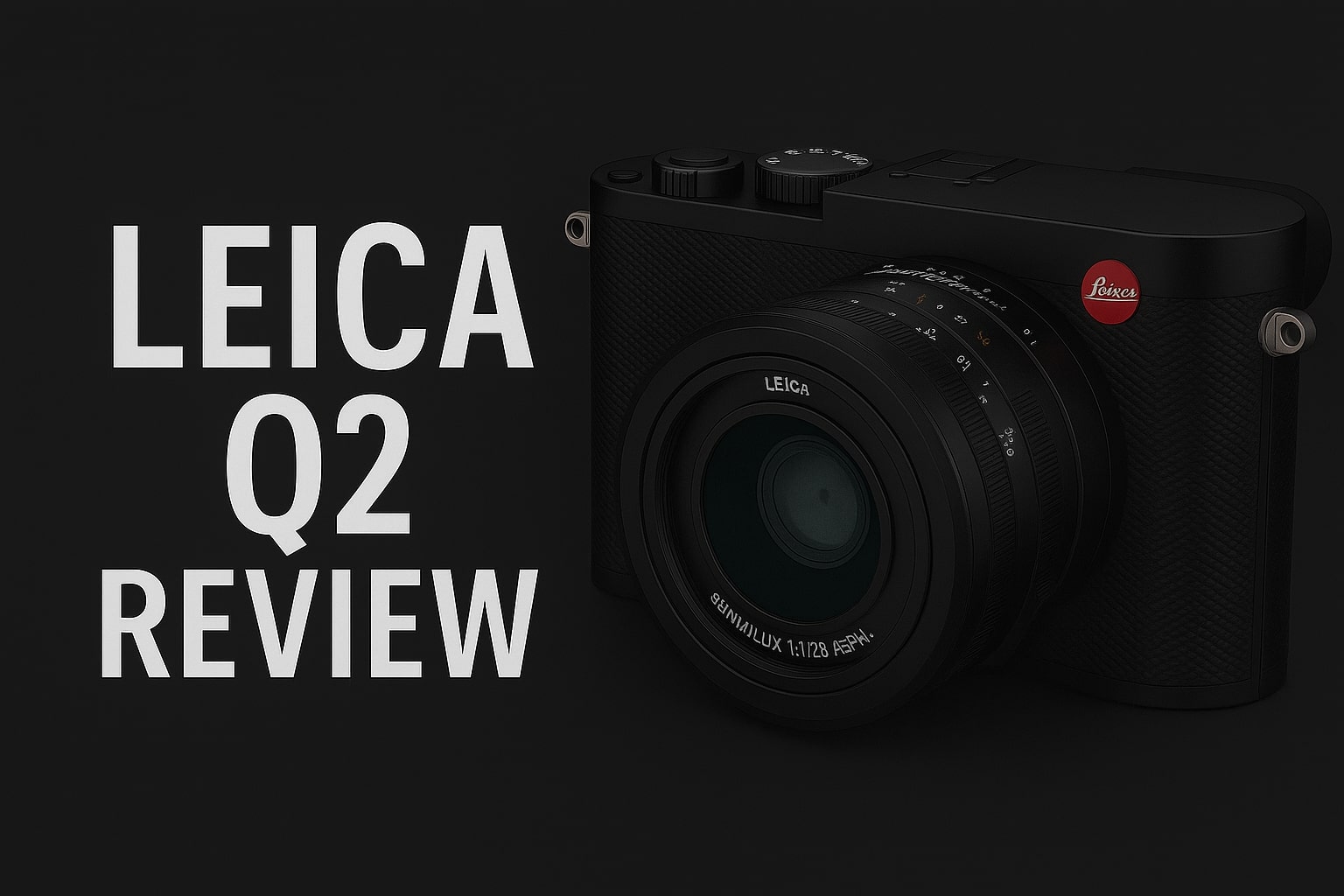
Leica Q2 for Photography: Why It’s Loved by Photographers
Mobile Photography Hacks: Candid Moments with Your Phone
Discover high-impact mobile photography hacks to capture genuine, gorgeous candid moments with your phone. Learn practical tips, composition secrets, and pro techniques to turn everyday scenes into stunning visual stories. Introduction: The New Age of Mobile Photography Photography has evolved beyond heavy cameras, technical jargon, and expensive equipment. Today, the power to capture extraordinary moments
Professional Model & Portfolio Photoshoots: Show Your Best Work
” Discover how to plan, style, and execute stunning portfolio photoshoots that showcase your skills, personality, and versatility. This comprehensive guide covers professional tips, posing ideas, gear suggestions, and industry insights for models and photographers.” Introduction – Why Portfolio Photoshoots Are the Cornerstone of a Photographer’s Career A well-crafted portfolio photoshoot is more than a
Street Photography Tips, Effects & Poses – Complete Guide
Discover the ultimate guide to Street Photography with expert tips, creative effects, and dynamic poses. Learn how to capture authentic urban moments, master composition, and tell powerful visual stories through your lens. Article Outline 1. Introduction to Street Photography Street Photography is more than just taking pictures of people in public spaces — it’s about
Leica Q2 for Photography: Why It’s Loved by Photographers
Introduction: The Cult Status of the Leica Q2 The Leica Q2 is not just a camera—it’s a statement. Combining the heritage of German precision engineering with modern digital excellence, it holds a special place in the hearts of professional and passionate photographers alike. With its full-frame sensor, prime Summilux lens, and minimalist design, the Q2
Top Cameras Under ₹1 Lakh for Freelance Photography
Freelance photography is no longer a niche—it’s a booming creative profession that demands not only vision and hustle but also the right gear. Your camera isn’t just a tool; it’s your storytelling partner. If you’re a freelance photographer aiming to balance performance, versatility, and budget, investing in a cameras under ₹1 lakh can offer the
Top Features of Nikon D850 That Make It Ideal for Photoshoots
Explore the top features of the Nikon D850 that make it a powerhouse for photoshoots. From exceptional resolution to dynamic range, this detailed Nikon D850 guide is built for professional and aspiring photographers. 1. Introduction When Nikon launched the D850, it quickly earned a reputation as a flagship DSLR that redefined what photographers could expect

